On February 29, one of the most anticipated science fiction films of 2024 premiered: the sequel to Dune, directed by Denis Villeneuve.
As you know, the film is an adaptation of the book of the same name by Frank Herbert, which, in turn, is part of one of the largest literary epics in the history of world fiction. Its pages feature many characters, groups and, of course, different planets. And even though they are all fictional, many of them have real “addresses”. When creating his universe, Frank Herbert placed the planets around the existing stars. On the occasion of the film’s release, we would like to tell you what astronomers know today about the five stars of the first novel of the saga, which was adapted by Villeneuve.
Canopus (planet Arrakis)
Arrakis is the key world of Dune. As it is repeatedly said in the novel and in the movie, whoever controls it controls the entire universe.
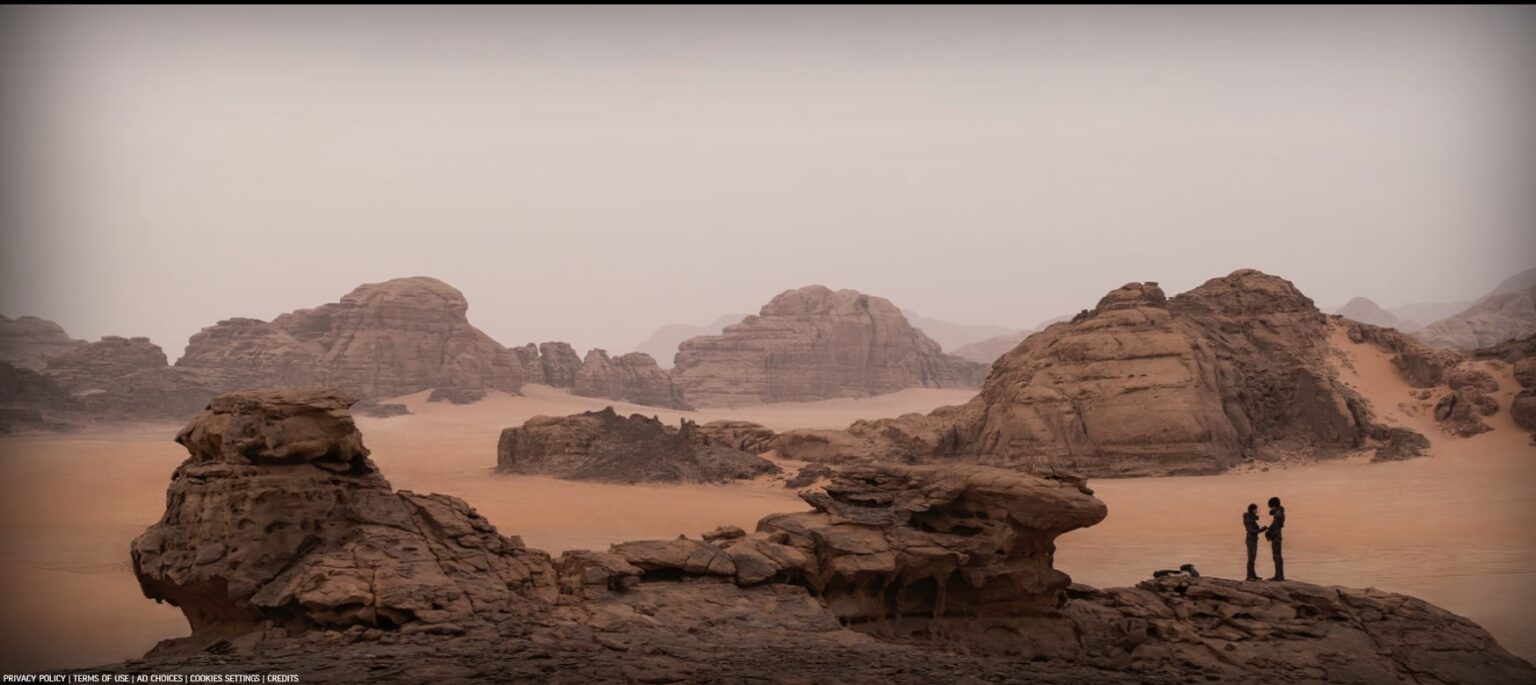
The planet Arrakis (still from the movie Dune)
According to the saga, Arrakis is the third planet in the Canopus star system. Since ancient times, it has attracted people’s attention. After all, it is the second brightest star in the night sky after Sirius. Therefore, it is widely reflected in the myths of different peoples here, on Earth. Canopus was also actively used for navigation. The South Pole of the world can be found with the help of it and another bright star, Ahernar, as these three points in the sky form equilateral triangle. Perhaps that is why Frank Herbert chose Canopus as the home of Arrakis.
Now we know that Canopus is located at a distance of 310 light years from us. It is a white and blue giant. Its mass exceeds the mass of the Sun by 8-10 times, its radius by 70 times, and its luminosity by more than 10 thousand times. The star is 30 million years old. This is not much compared to our Sun, which is 5 billion years old. But we shouldn’t forget that the greater the mass, the faster the star dies. Canopus has already exhausted its hydrogen fuel reserves and is currently undergoing fusion reactions involving helium nuclei.
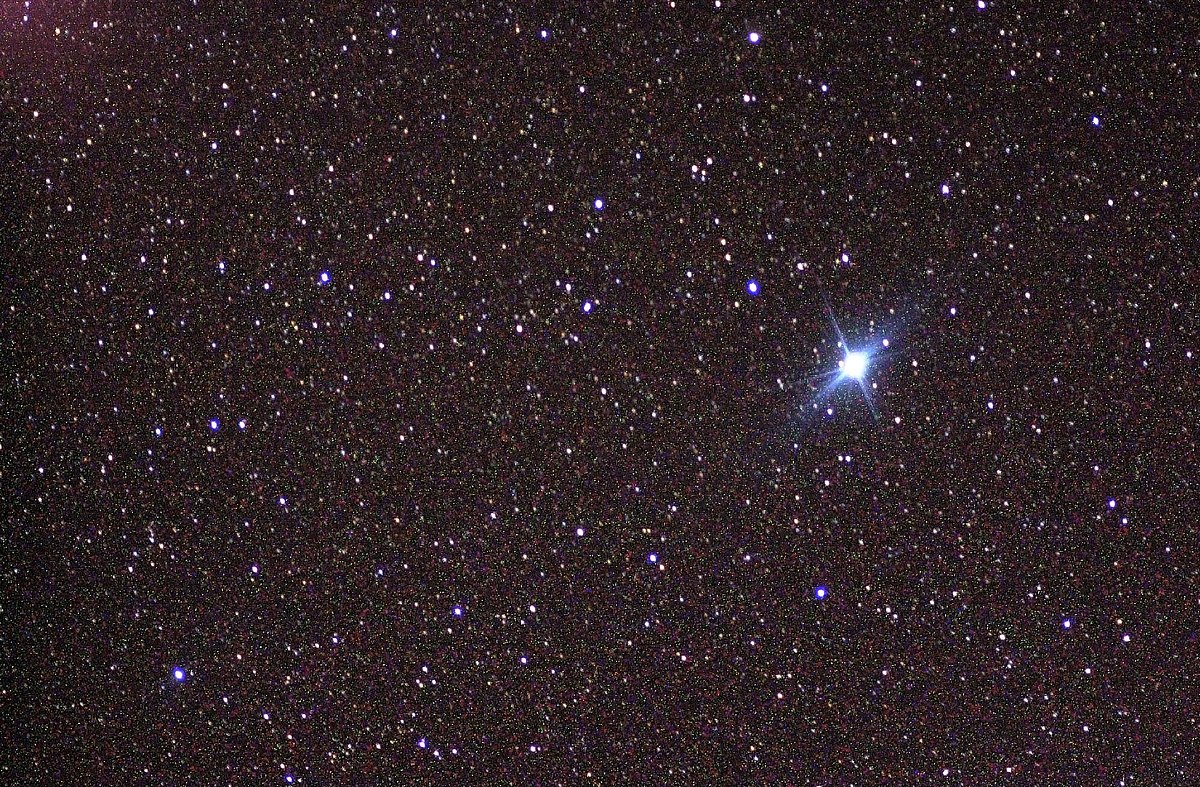
Canopus in the sky (view from the ISS). Source: NASA
What happens next depends on the exact value of Canopus’ mass. If it is closer to the lower limit of the current estimate, then over time the star will simply shed its outer atmosphere and become a white dwarf. If it is closer to the upper limit, then in the future the star will turn into a supernova. In any case, given that Canopus has already lived through most of its lifespan, this system does not seem to be the most favorable place to live.
36 Ophiuchus (planet Giedi Prime)
Giedi Prime is the homeworld of the Harkonnen House. The planet is rich in minerals, various fossils, and is heavily industrialized. However, it still has some forests. According to the books, Giedi Prime is the third planet to orbit the star 36 Ophiuchus. But what do we know about it in reality?
36 Ophiuchus is located at a distance of 19.5 light-years and is a triple system. Its two central stars are a pair of orange dwarfs orbiting a common center of mass about 1.5 billion years old. They are in a very elongated orbit: its periastre is 7 AU (comparable to the distance from the Sun to Jupiter), and its apoastre is 169 AU (four times the average distance between the Sun and Pluto). One revolution takes them 570 years. The third component of the system is a distant orange dwarf orbiting the central pair. Its orbit passes at a distance of 4000-5000 AU from the two former stars.
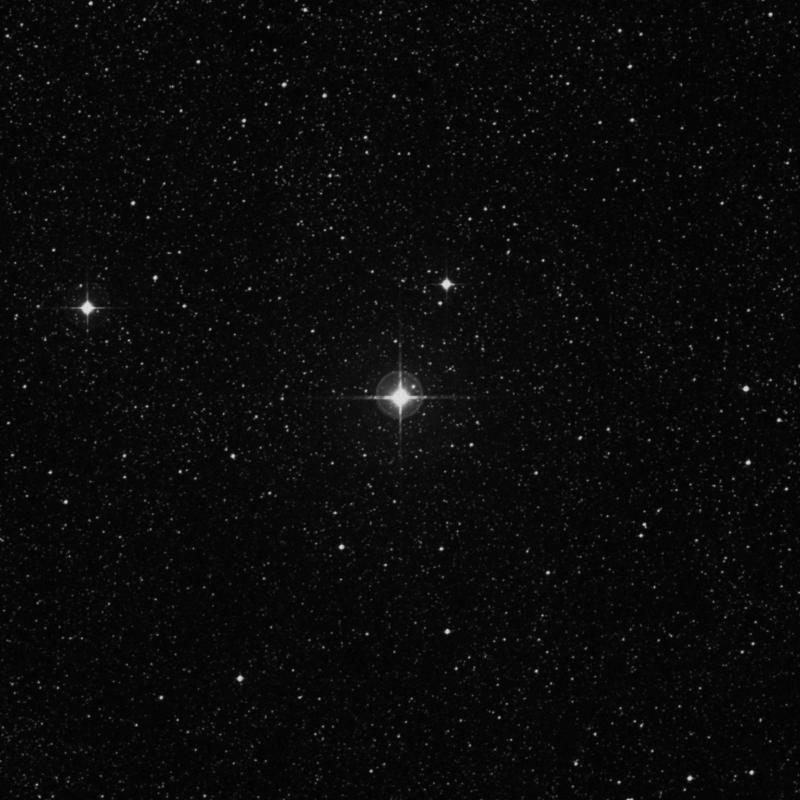
The star 36 Ophiuchus. Source: theskylive.com
Astronomers have tried several times to find exoplanets near 36 Ophiuchus. So far, these attempts have been unsuccessful, but the researchers do not give up and continue their search.
Delta Pavo (planet Caladan)
For many generations, Caladan has been the home of the House of Atreides. Most of the planet is covered by water. As for the land, it is mostly covered with forests, swamps and fields.
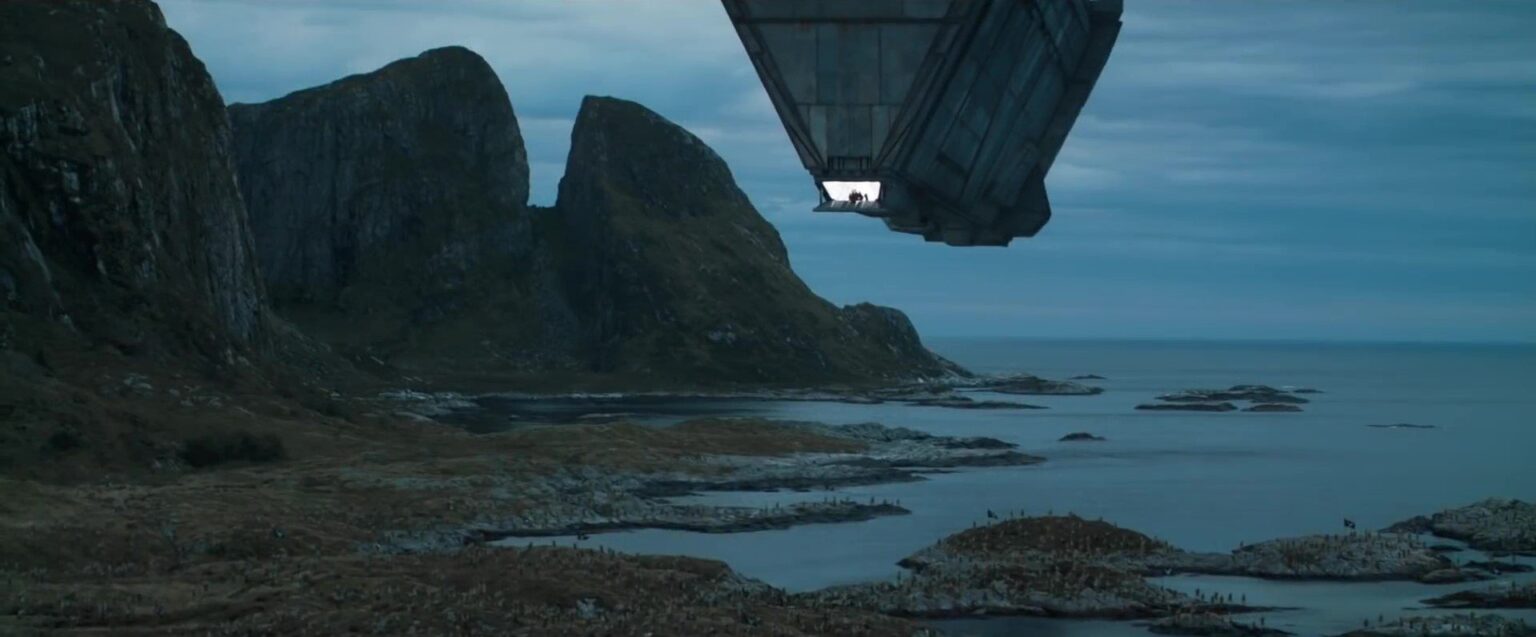
Planet Caladan (still from the film Dune)
Caladan revolves around the star Delta Pavo, which is actually 19.9 light years away from Earth. Astronomers have shown that it is several billion years older than the Sun. In the past, Delta Pavo was also a yellow dwarf, just like our home star. However, it has now almost exhausted its hydrogen fuel reserves. So in the near future, in terms of astronomical time, the star will begin to expand, turning into a red giant.
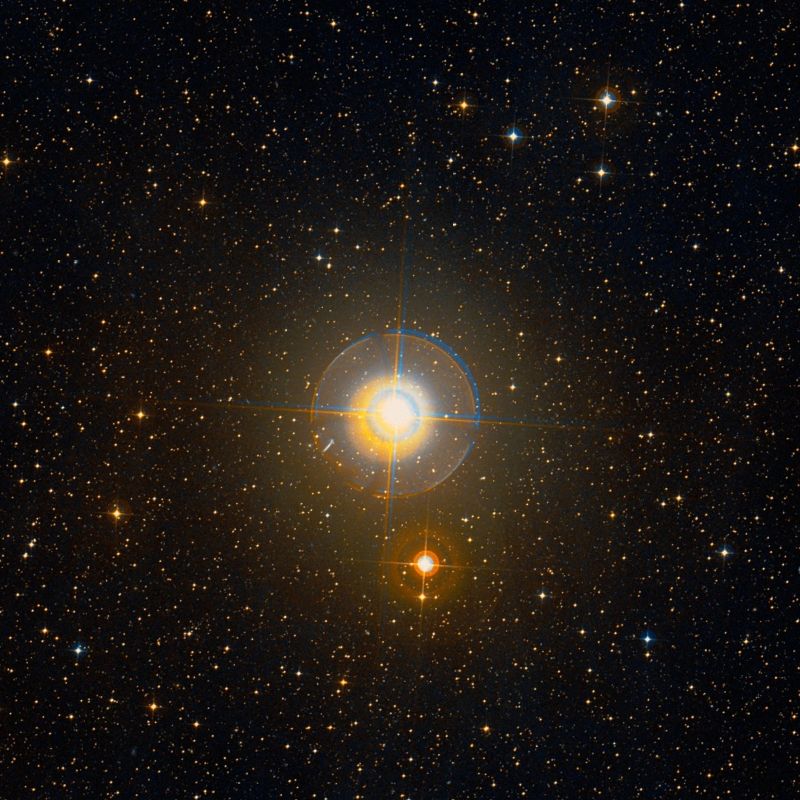
The Delta Pavo. Source: wikipedia
Astronomers have found evidence that Delta Pavo has a massive companion at a distance comparable to the distance between the Sun and Saturn. It could be either a super-Jupiter or even a brown dwarf. Since the metallicity of the Delta Pavo is significantly higher than that of the Sun, this gives hope that Earth-type planets may also orbit it. However, given the star’s rapid transformation into a red giant, even if there is life there, the fate is unlikely to have any good things in store for it in the future.
Gamma Pisces (planet Salusa Secundus)
In the past, the planet Saluas Secundus was the capital of the Empire. However, it was then subjected to an atomic bombing, after which the capital was moved to Kaitain. Salusa itself became a training base for the Sardukars and the main prison of the state.
According to the Dune universe, Salusa Secundus is the third planet of the Gamma Pisces system. It is located 135 light-years from Earth and is an evolved star that in the past resembled our Sun. Gamma Pisces has already burned through all its hydrogen fuel reserves and reactions involving helium nuclei are continuing inside it. This has led to its expansion, which will continue until the star sheds its shell and becomes a white dwarf.

Despite the fact that the metallicity of the Gamma Pisces is less than that of the Sun, astronomers have already managed to find one exoplanet in this system. It is a gas giant whose mass is 1.3 times that of Jupiter. The exoplanet makes one revolution around the star in 555 days.
Alpha Pisces (planet Kaitain)
At the time of the events of the original book and film by Denis Villeneuve, Kaitain is the capital of the empire and the ruling house of Corrino. It is a beautiful world, known for its beautiful climate and its monumental architecture. Kaitain has four satellites and a large number of rings.
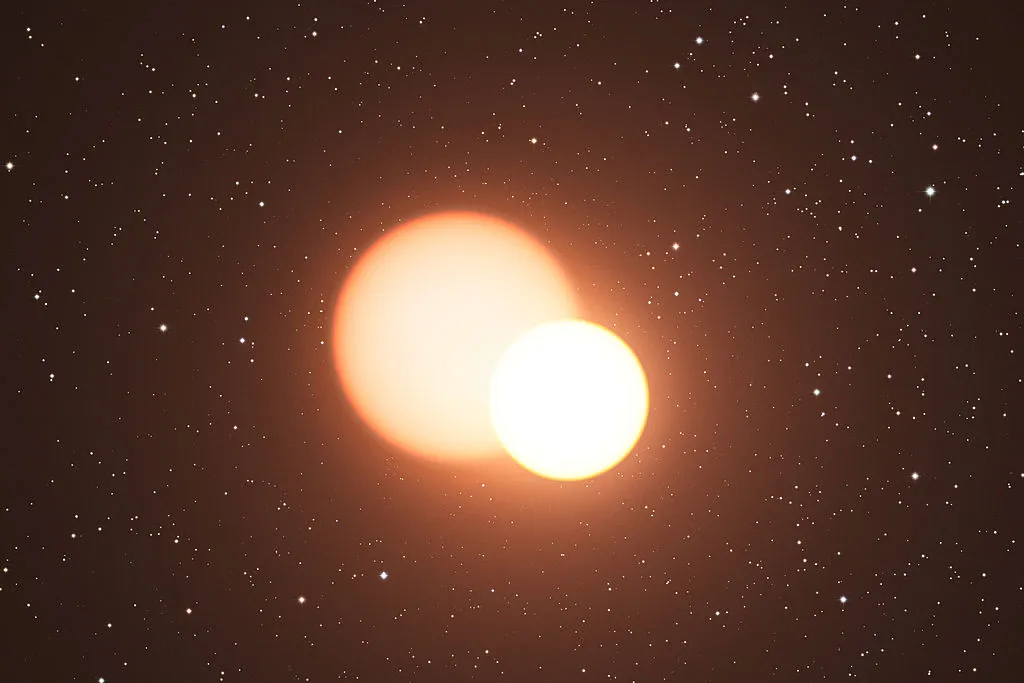
According to the Dunes, Kaitain is the sixth planet of the second star of the Alpha Pisces system. It is located 150 light-years from Earth and consists of two spectral class A luminaries whose masses are about 2.5 times bigger than the Sun’s, and their luminosities are 55 and 60 times stronger.
The stars of Alpha Pisces orbit a common centre of gravity, making one revolution around each other in three thousand years. So far, astronomers have not been able to find any exoplanets around them. However, based on fluctuations in their luminosity, they assume that they have a massive companion — a brown dwarf or even another star.

